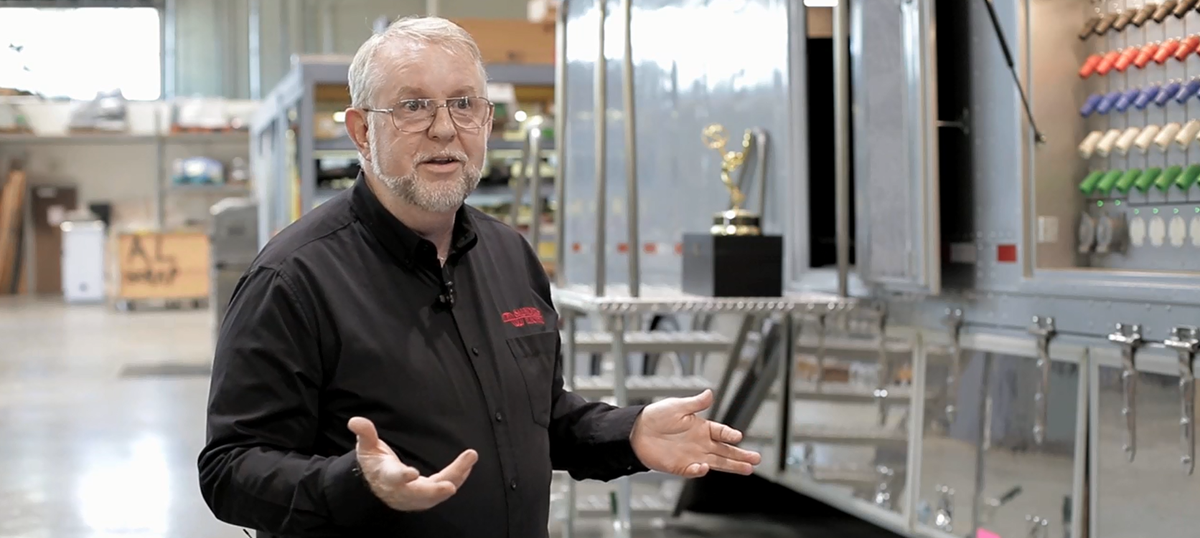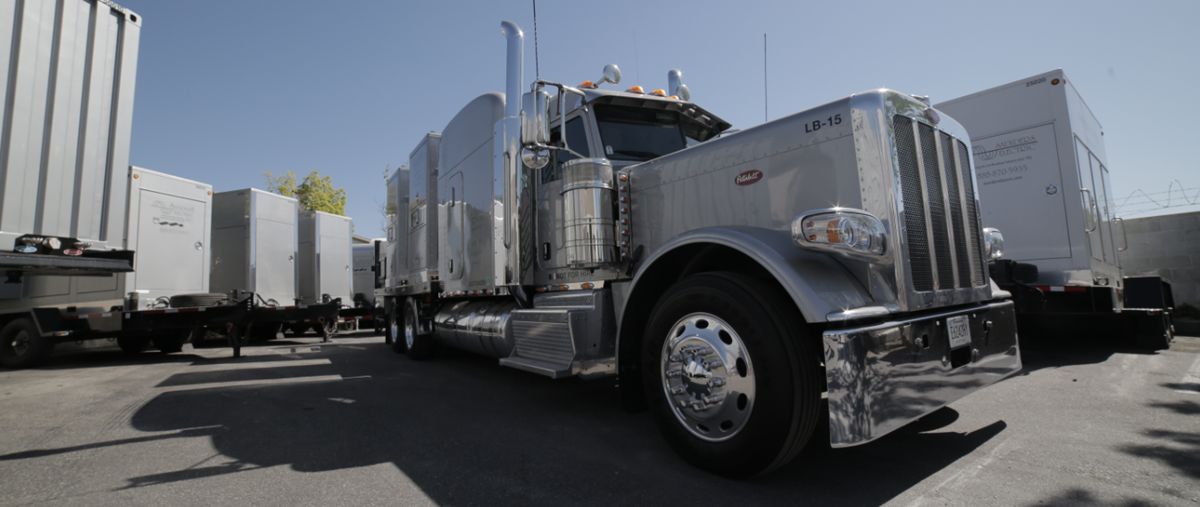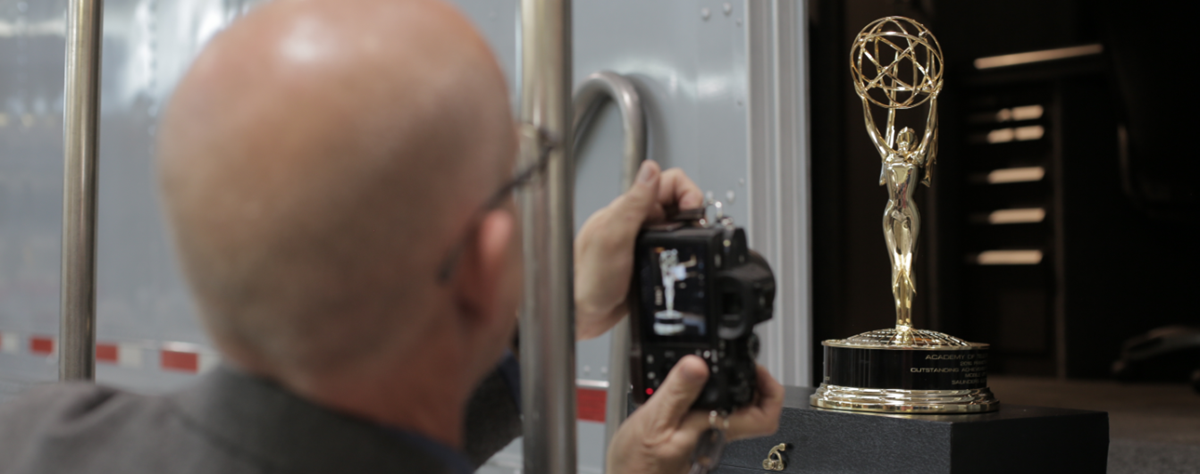You need an account to access this content
Create a free account and get access to all downloads and more!

Announcement
16 Aug 2017
5 min read
Russell Saunders is President and CEO of Saunders Electric company established in Los Angeles, California that has been providing reliable portable power for Live broadcasts and Hollywood productions since 1952. They were awarded a Technical Emmy® for development of the Synchronous Power System. As part of our case study video shooting we had chance to interview Mr. Saunders. Here you can find the whole interview with him.
What do your customers expect you to deliver?
The industry changed a lot, especially in last twenty years, I would say even in last ten, due to electronics but not solely because of electronics, and the monitoring systems its events that transpired on the major events across the globe. So, the clients now come to expect that there is going to be an individual a power guy that is going to look ahead and trying figure out where the weak points are. We call them failure points in the industry, and trying ‘put a band-aid on it’ if you will and place and pre-emptively trike against failure points. They expect this. In fact, they demand it. Ultimately, they want reliability.

What changes have you seen in the industry relating to supervision and data acquisition?
Demands today are for more secure, reliable power. Plain and simple. That’s what the client wants. What the tech operator wants. He wants information. He has to have communication with generator sets with any power set that he has. So, the better that the communication link is established, the better he can do his job.
How is the operator getting all this data and information now?
To date we had to basically cable together components and pieces whether they be off the shelf, or proprietary. Take a substation for example, it takes power from multiple sources it could even be a landline for a local utility company. So now we can take that data and export it out to the cloud so that means we have to have connectivity on sites throughout the country. The information comes back to our cell phones, or on to our tablet computers. You can be in your office and you can link up to the cloud and you can see all the different parameters that are involved inside of the substation or generator.
Give us some examples of the events that you go to, and what you bring to them.
Basically what we bring to the table for the shows is, we call it, “selling piece of mind“. Because we have to do a broad spectrum of power needs. For example, we have done every Academy Awards since 1952 that has ever been aired on TV, every Emmys, Grammys, American Music Awards, a lot of ESPN events, and a lot of sporting events. The primary concern is that the power is going to stay on. So, these big events don’t want to have a conversation with you about fuel issues, delivery, labour, acts of god weather or whatever. They want to wake up and plug it in.
What did you receive your Emmy Award for?
Back in the early nineties, we came with the concept to be able to take the utility company which and parallel it with a generator system. As redundancy system where we trying to get away from was fifty-fifty sharing between generator sets but we still had to have ability for the generator to talk to the utility company. That led to the design of what call a ‘Power Distribution Station’. Saunders Electric came up with an idea of coupling those together and then we had to come up with the communications system. So we won the Emmy for providing a reliable power solution for broadcast events.
How critical is ComAp to your success?
Communication is critical and the things I’m seeing ComAp do with communications is useful throughout our operations. Without it we would not be able to be innovative in our industry. We won an Emmy in 1995, and we won another won this year. The requirement for that is that devices or systems that you bring to bear in the industry must significantly change how the industry goes about producing its product. So in case of the Emmy, the industry has to now say “This is the standard”. This becomes gold standard now. Other companies innovate and win awards for film processing and lenses and cameras. We do it with power innovation. So, the cooperation with ComAp and Saunders is very critical because we are just at the beginning, and the feeling is that we are able to now jump in to the intellectual technology that is going take to get these systems and working with each other seamlessly into the future.